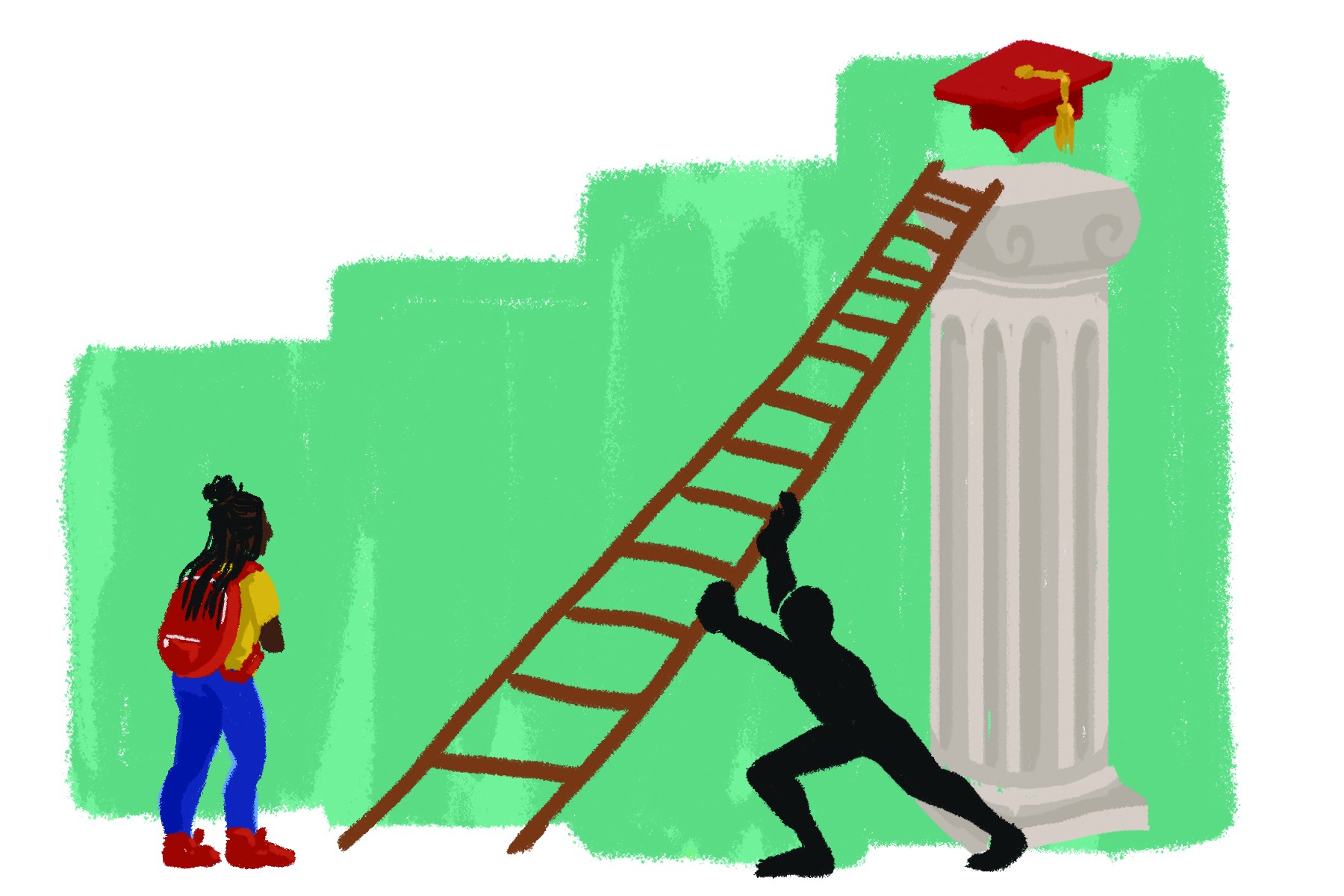A new analysis revealed Minnesota’s financial aid disparities for non-white students and made recommendations for what policymakers can do to address the issue.
The report was released last month by the Minnesota Education Equity Partnership, referred to as MnEEP, to help reduce racial disparities in college completion. For non-white students, the consequences of these disparities range from limited enrollment choices to a larger financial burden. The report recommends policy changes to reduce these disparities, including improving financial aid options for non-white students.
“If you don’t have enough resources to focus on what you’re doing in college, you end up having to work,” said Nicola Alexander, a contributor to the report and a University of Minnesota professor in organizational leadership, policy and development. “If you work, then that takes even more time away from you being in college, and this intensifies some of the challenges that folks face.”
The report aims to support students during college so that they can be successful, she said. The research was commissioned by the Joyce Foundation, which focuses on reforming public policies and systems in the Great Lakes area.
One limitation to reducing these disparities is the trend of declining state funding for higher education while tuition rates increase. The recommended policy changes are centered on the state level because many of the changes are not in institutions’ control, Alexander said.
“The focus of the grant was really about, well, what is it that the broader structural system has, and what can be changed in that broad structure that will … have an impact on many of the institutions that are facing the constraints?” she said.
Leiataua Jon Peterson, the program consultant at MnEEP, said it was important that the research employed a racial equity lens. MnEEP is a racial justice and education non-profit that uses this approach to work on policy and research projects.
“It’s important that people of color and [American Indian and/or Indigenous] students be at the table and have a voice, and it’s important for the state,” he said.
MnEEP is aiming to create a strong support system involving community members and partners to advocate for changes in higher education, Peterson said.
“We want to see more students of color and American Indian students in Minnesota have access to complete college,” said Jennifer Godinez, the MnEEP associate director.
The University should reflect on how the higher education finance system could be improved, she said.
“The intention to contact MnEEP and be a part of the movement is really the next step,” he said. “… I’m hoping that this article will stimulate ongoing discussion and that the U of M reaches out to us and wants to engage in the work.”








